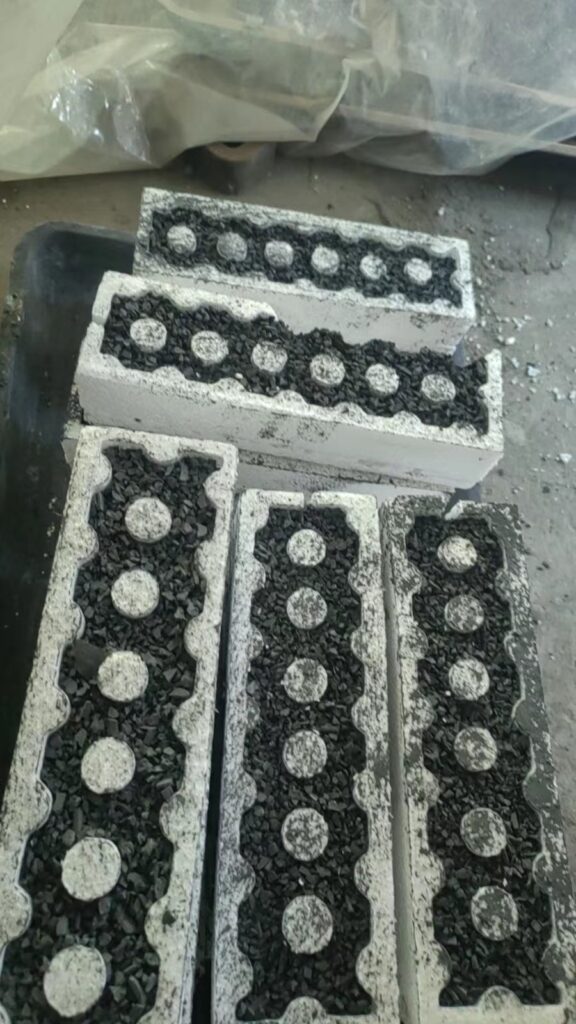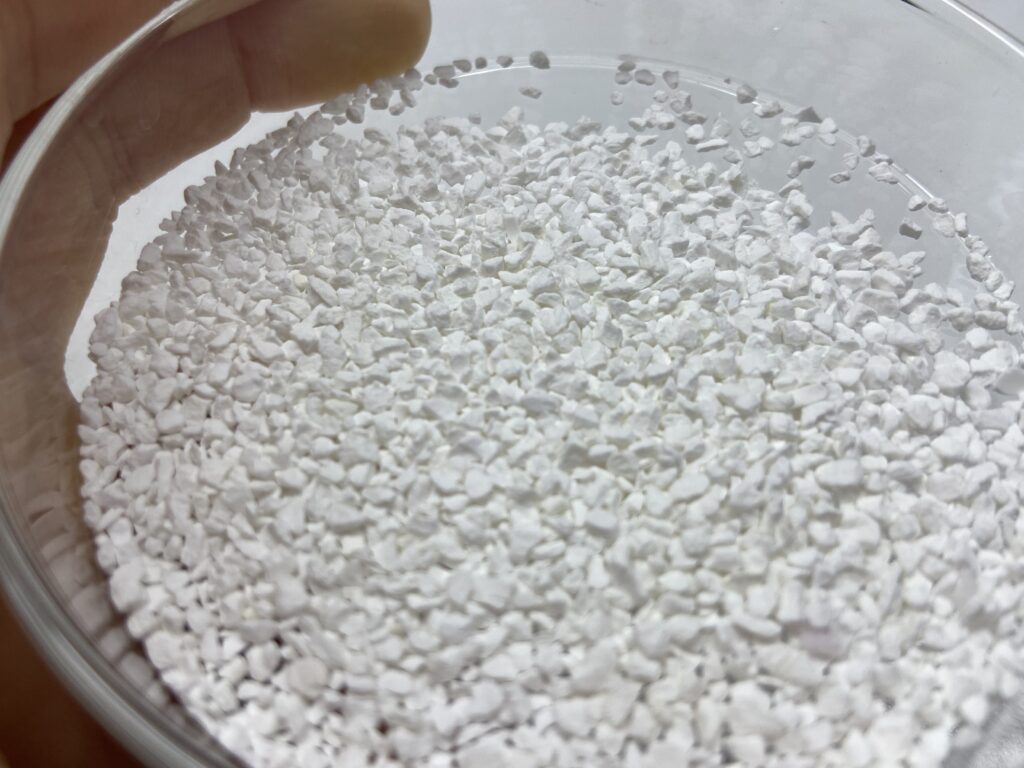Zirconia-toughened alumina (ZTA) is a high-performance ceramic composite that combines the hardness and wear resistance of alumina (Al₂O₃) with the fracture toughness of zirconia (ZrO₂). This combination results in a material with superior mechanical properties, making it suitable for demanding applications in various industries. Below are key details about ZTA and its applications:
1. Composition & Properties
Alumina (Al₂O₃): Provides high hardness, wear resistance, and thermal stability.
Zirconia (ZrO₂): Enhances toughness by undergoing stress-induced phase transformation, which absorbs energy and prevents crack propagation.
Typical Composition: 10-20% ZrO₂ in an Al₂O₃ matrix.
Key Properties:
High fracture toughness (compared to pure alumina)
Excellent wear resistance
Good thermal and chemical stability
High strength and hardness
2. Applications of Zirconia-Toughened Alumina (ZTA)
A. Medical & Dental
Orthopedic Implants (e.g., hip & knee joints) – due to biocompatibility and wear resistance.
Dental Implants & Crowns – improved strength and aesthetics compared to pure zirconia or alumina.
B. Industrial Wear Parts
Cutting Tools & Inserts – enhanced toughness for machining applications.
Wire Drawing Dies – resists abrasive wear.
Pump Seals & Bearings – withstands harsh environments.
C. Defense & Armor
Ballistic Armor (body armor, vehicle protection) – improved impact resistance due to energy absorption from zirconia phase transformation.
D. Electronics & Engineering
Semiconductor Components – used in high-wear environments.
Precision Engineering Parts – where dimensional stability is critical.
E. Automotive
Valve Seats & Guides – resists wear in high-temperature engine environments.
Sensor Components – for harsh exhaust environments.
3. Advantages Over Pure Alumina or Zirconia
Higher toughness than pure alumina (less brittle).
Better wear resistance than pure zirconia.
Cost-effective compared to fully stabilized zirconia.



